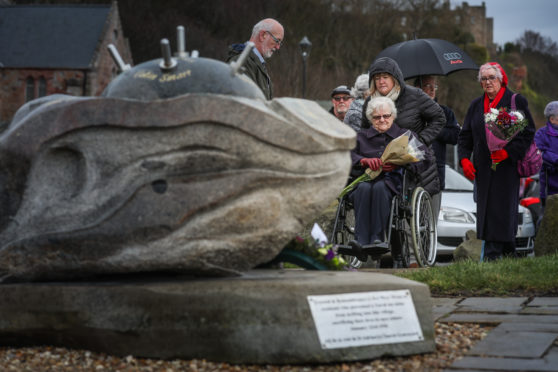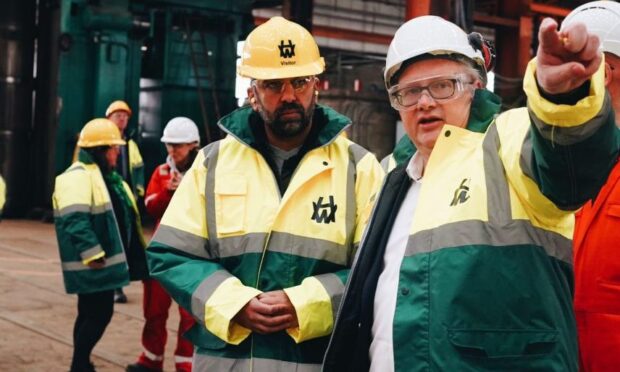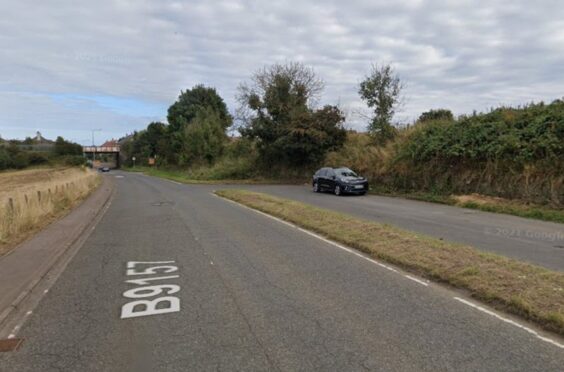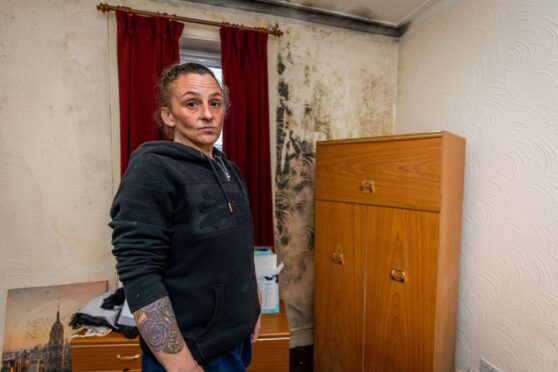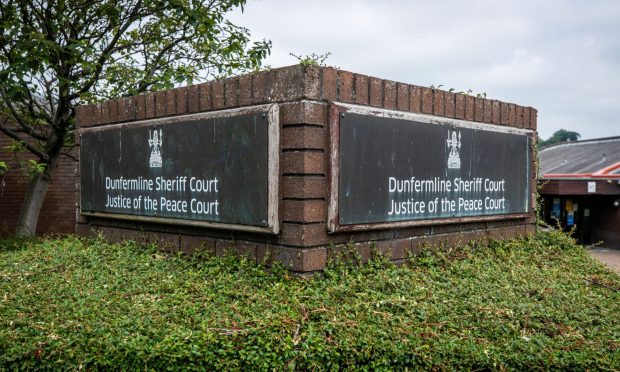Villagers, family and friends came together in West Wemyss on Sunday morning to remember those who died as they tried to save the community from disaster 79 years ago.
Peter Graham, who was just 15 at the time, and four men from a nearby pit, David Laing, George Storrar, Colin Smart, James Anderson, all put their lives on the line when they spotted a sea mine drifting towards the coast in January 1941.
The heroic five attempted to retrieve the mine, but they were all killed when it exploded – although their selfless actions surely prevented further tragedy ashore.
Indeed, the blast was so fierce it blew the windows out of the orangery at Wemyss Castle.
A granite sculpture was unveiled on the shore on the 70th anniversary to remember the local heroes, and it has been the focal point of commemorations ever since.
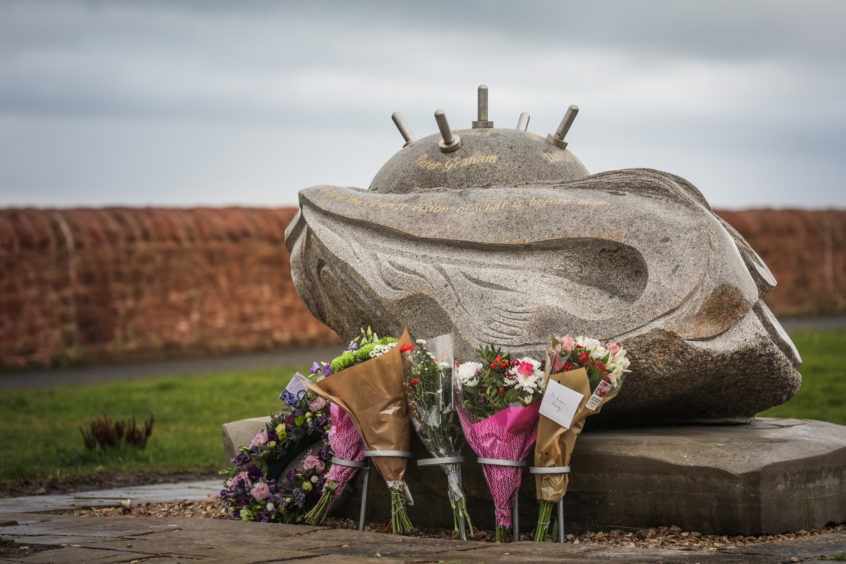
Local councillor Ken Caldwell and Jacqueline Thomson, Deacon of Wemyss and Buckhaven, gathered at the memorial for a short informal service before floral tributes were laid at 11am.
The memorial, which was unveiled at the exact moment 70 years after the tragedy, were inscribed with the words of Greek philosopher Thucydides, which read: “The bravest are surely those who have the clearest vision of what is before them, glory and danger alike, and yet notwithstanding, go out to meet it.”
Local man Jake Drummond was among those who deemed it a fitting tribute, adding: “We think that sums up exactly what these ordinary men did that day, which was an extraordinarily brave thing to do.”
On January 23 1941, shortly before 11am, Mr Storrar, a 38-year-old miner and Special Constable with Fife Constabulary, was alerted to a floating object in the sea.
With the help of Mr Smart, a 36-year-old Home Guard volunteer, they found a sea mine had been dislodged from its moorings.
Despite the dangers to themselves, they decided to try and tether the mine, and with the help of 58-year-old Mr Anderson, retired miner Mr Laing and 15-year-old Mr Graham, tried to secure the semi-submerged sea mine.
However, the explosion shook the village, with three men dying instantly and the other two also succumbing to their injuries.
The men are all buried in the graveyard of the village church of St. Adrian’s.
